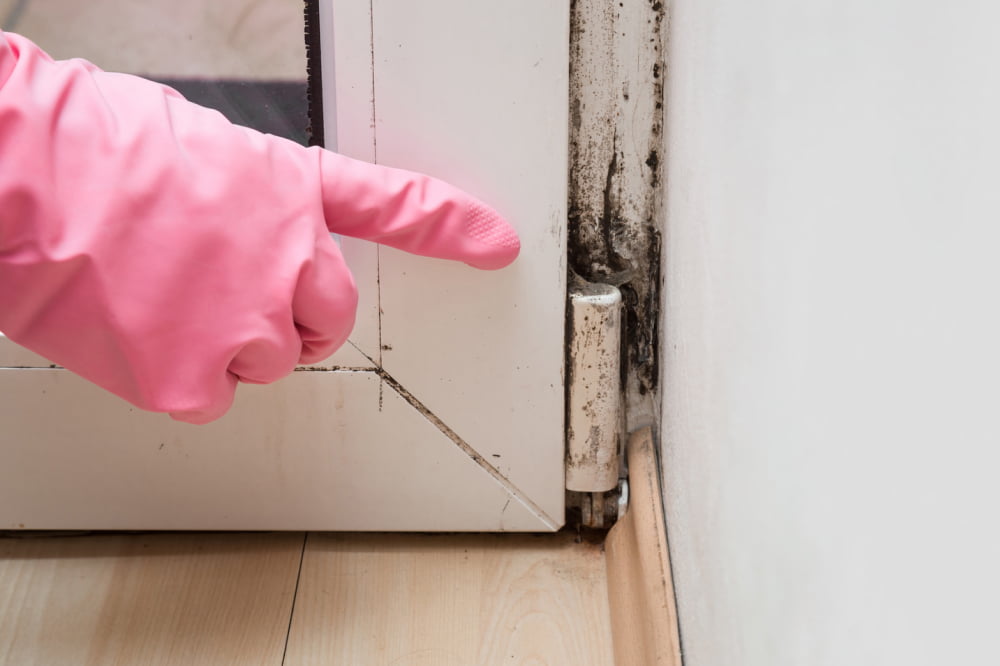8 common household factors that can cause lung damage

The lungs are the most integral part of the respiratory system in the human body. They are responsible for facilitating gas exchange from the environment into the bloodstream. Maintaining lung function is pertinent for healthy living. Several factors, including indoor pollution, may impact lung health. This can give rise to symptoms such as wheezing, coughing, breathlessness, fatigue, excessive mucus production, and more. Eight common household factors that contribute to lung damage include:
Mold
Mold is a fungus that thrives in damp environments and reproduces by spreading spores through the air. Those with allergies to mold spores, lung conditions such as COPD, or a weak immune system, may develop lung infections as a result of this. To avoid these, fix leaks around the home and steer clear of compost piles.
Carpet
Many carpets are made of durable materials that can trap harmful pollutants like cockroach droppings, mold, dust mites, and toxic gases in their fibers. These pollutants can enter the air when someone walks on the carpet or when it is vacuumed and harm lung health. If possible, consider switching to hard flooring that is easy to clean. Alternatively, use throw rugs that can be cleaned outside the home, vacuum the carpet three times a week, and have it steam cleaned at least once a year.
Humidifier
Humidifiers are meant to ease breathing in dry conditions. However, due to the humidity build-up within the device, they can become a breeding ground for fungus. When the machine is turned on, this spreads around the house and can cause allergies or lung inflammation. To avoid this, ensure that the device is cleaned and serviced regularly.
Flour
Breathing in too much flour can lead to complications such as coughing, wheezing, and struggling for breath. This is commonly seen among bakers and is known as baker’s asthma. Over time, this can cause lung damage.
Candles
Most candles are made from petroleum-based paraffin wax. When burned, this releases chemicals into the air that can lead to lung damage. Switch to safer alternatives such as soy or beeswax candles, and ensure that these candles are only burned in areas with proper ventilation.
Gas appliances
As gas, wood, oil, coal, and kerosene burn, they release nitrous oxide. This can cause coughing and wheezing and trigger asthma attacks, harming lung health. Gas is commonly used in home appliances such as cooktops, ovens, and space heaters. Be sure to install, clean, and maintain these appliances properly. If possible, switch to electric cooktops.
Cockroaches
It’s never pleasant to see cockroaches in the house. Their droppings and parts of their bodies turn into dust, which can settle on the floors, furniture, and carpets. Breathing this in can lead to breathlessness and allergies. Among young kids, it can also cause asthma. To keep cockroaches at bay, keep the home as clean and dry as possible.
Hot tubs
A bacterial build-up in indoor hot tubs can also lead to lung inflammation, fever, cough, and breathlessness. To avoid this, ensure that the tubs, showers, and pools in the house are regularly cleaned and maintained well.
Common cleaning products used for daily chores and disinfectants also contain harmful compounds that can worsen lung damage and trigger the symptoms of COPD. These include aerosols, air fresheners, chlorine bleach, detergents, washing liquids, dry cleaning chemicals, furniture polish, and oven cleaners, among regular-use products. These are all laced with chemicals that irritate the lung air sacs and affect breathing.
Apart from household factors, several other lifestyle factors can also impact lung health. Some of these include exposure to radon and fireworks, working with pesticides, and engaging in activities such as farming.



